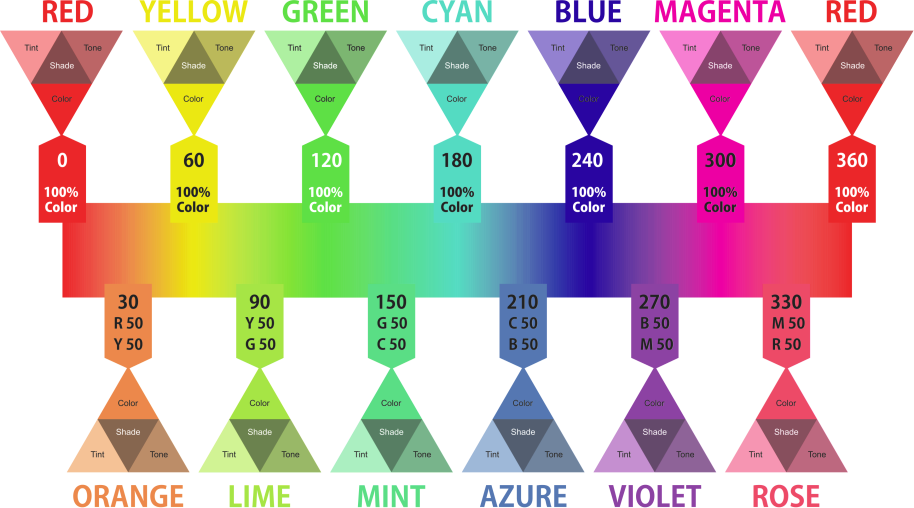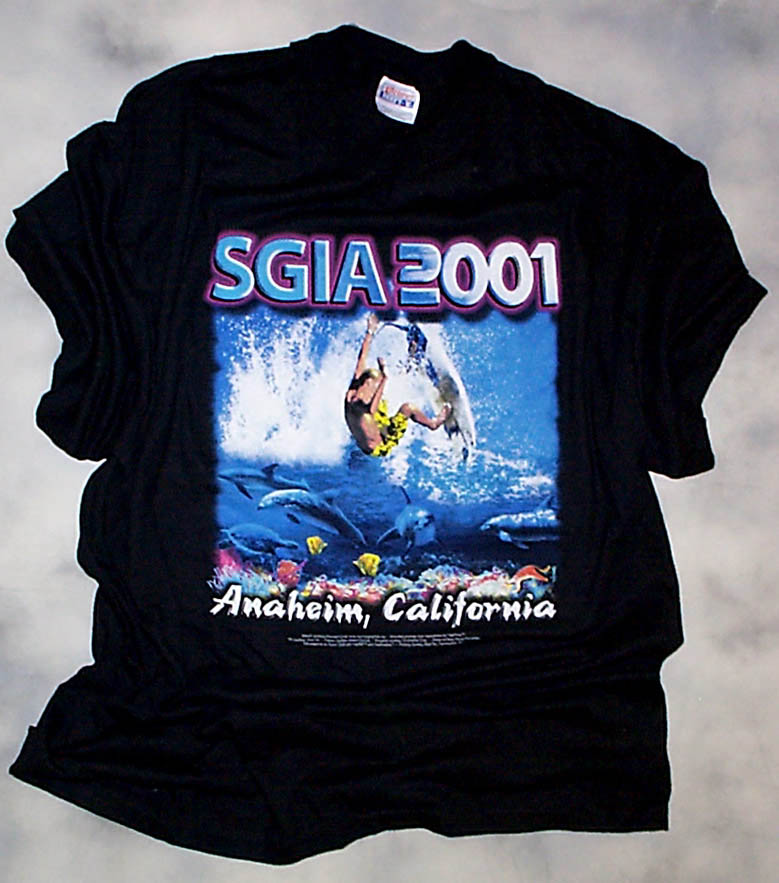


They are also done on color images converted to grayscale for a different look. Grayscale Separations are basically a simulated process separation done using a grayscale image void of color. Start with artwork at 170 - 200 dpi when running an index separation. If choosing Index, make sure the artwork is the “exact final size” being printed since Index Separations can’t be re-sized once complete. Index separations can appear grainy, especially on the computer monitor although will print great on press. Its also not a good choice for artwork containing excessive gradients or which fade off into the shirt. The downside to Index is that a good separation “usually” requires more colors to print accurately. Index separations work great on both dark and light shirts and are very easy to print and control on press. Unlike other separations, Index uses tiny square dots of identical size as opposed to traditional halftones. Its also not a good choice for an image which contains large areas of solid, defined different colors. This type of separation isn’t a good choice when printing on black or dark shirts or when a bright, vibrant print is required. Some CMYK separations require an added spot color to help the image print accurately.

CMYK separations are great for true photographic images or pastel style artsy graphics such as a painting. If unsure about the type of separation needed, run simulated process.ĬMYK Process Color uses cyan, magenta, yellow and black process inks to create a realistic photographic image on the t-shirt. Simulated Process can be printed on white, light and dark shirts and look equally great on all. Simulated Process separations, unlike true process (CMYK) use spot channels and regular plastisol inks to generate a full color image. Most of the color separations done today are simulated process. This is the most common type of color separation and is by far the most popular. Most screen printers are aware of this terminology although if unsure, here’s some general guidelines.


 0 kommentar(er)
0 kommentar(er)
